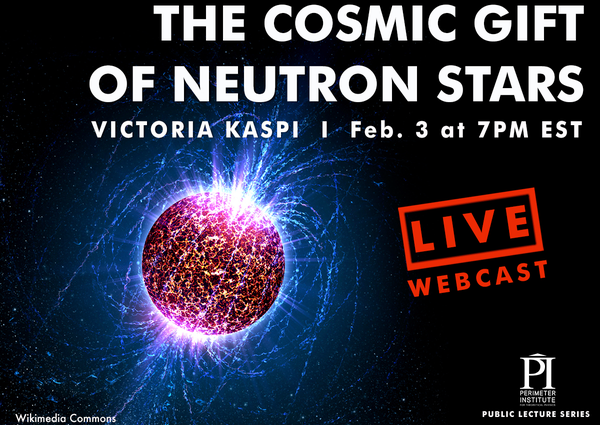Neutron stars are among the densest things in the universe. They are dead stars where matter has been packed so tightly that the protons and electrons in atoms essentially fuse together to create matter made almost purely of neutrons. To discuss why these objects are so fascinating and useful for astronomy, astrophysicist Victoria Kaspi of McGill University in Montreal will present a public lecture tonight at 7 P.M. Eastern time that will be broadcast live here on this Web page.
“We’re trying to understand neutron stars, how they work and use them as tools to study really a whole variety of different physics and astrophysics, ranging from dynamics in binary systems—including tests of general relativity—all the way to binary evolution and stellar evolution, how stars are born, how stars live, how stars die,” Kaspi said in a teaser video previewing her lecture. “It turns out that neutron stars are really excellent tools for doing very precise measurements in many cases.” The stars shine lighthouse-like beams of light that swirl in circles as the neutron stars rotate. “Their beams cross the Earth and we see a flash of light,” Kaspi said, “and the rotation is really so regular that it’s like ticks of a clock.”
The lecture, “The Cosmic Gift of Neutron Stars,” is part of a lecture series at the Perimeter Institute for Theoretical Physics in Ontario. Online viewers can pose questions by tweeting to @Perimeter and using the #piLIVE hashtag.
On supporting science journalism
If you're enjoying this article, consider supporting our award-winning journalism by subscribing. By purchasing a subscription you are helping to ensure the future of impactful stories about the discoveries and ideas shaping our world today.
You can view videos of some past Perimeter physics lectures below:
Isotopes as the Unlikely Hero of Modern Medicine
The Promise of Optical Atomic Clocks: Watch Live Wednesday
The Astonishing Simplicity of Everything
The Man Who Explained the Atom
The Future of Cosmology
The Upgraded LHC and the Search for the Higgs Boson
String Theory LEGOs for Black Holes
